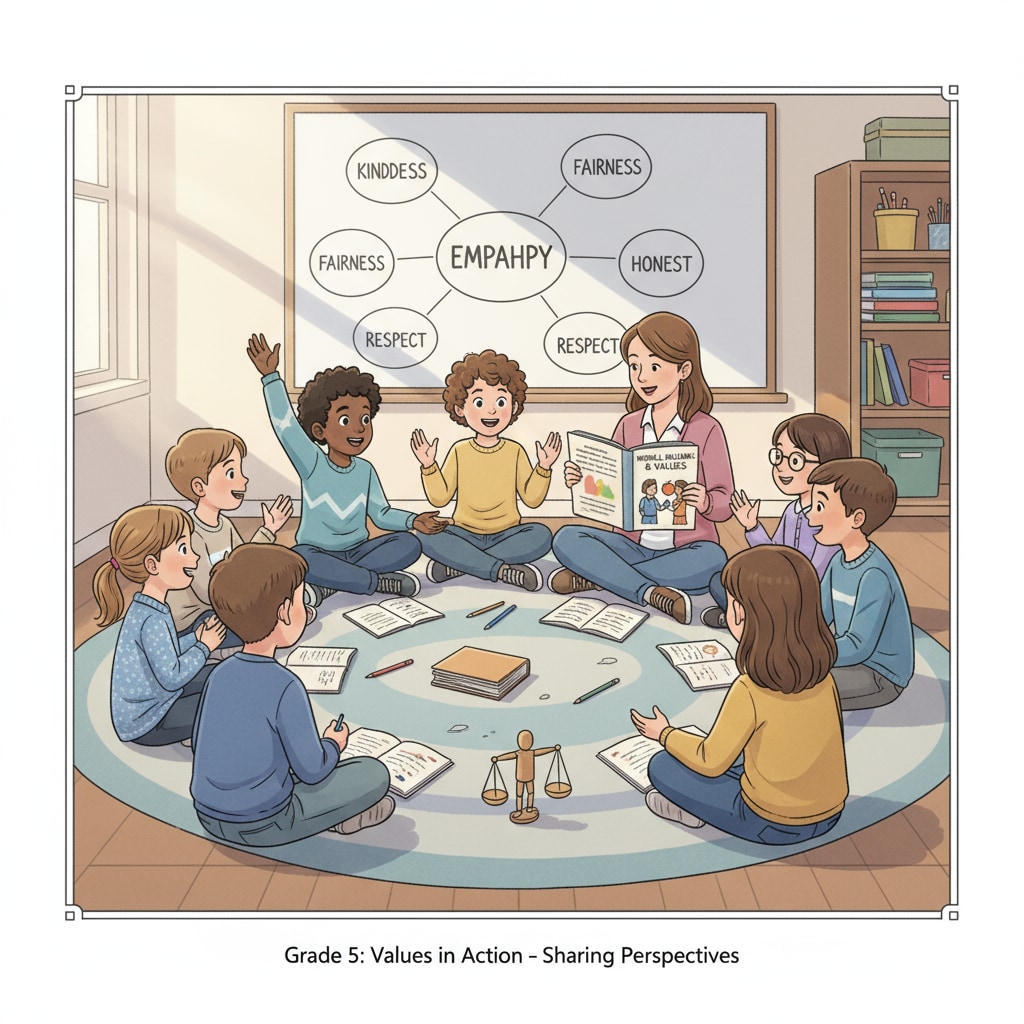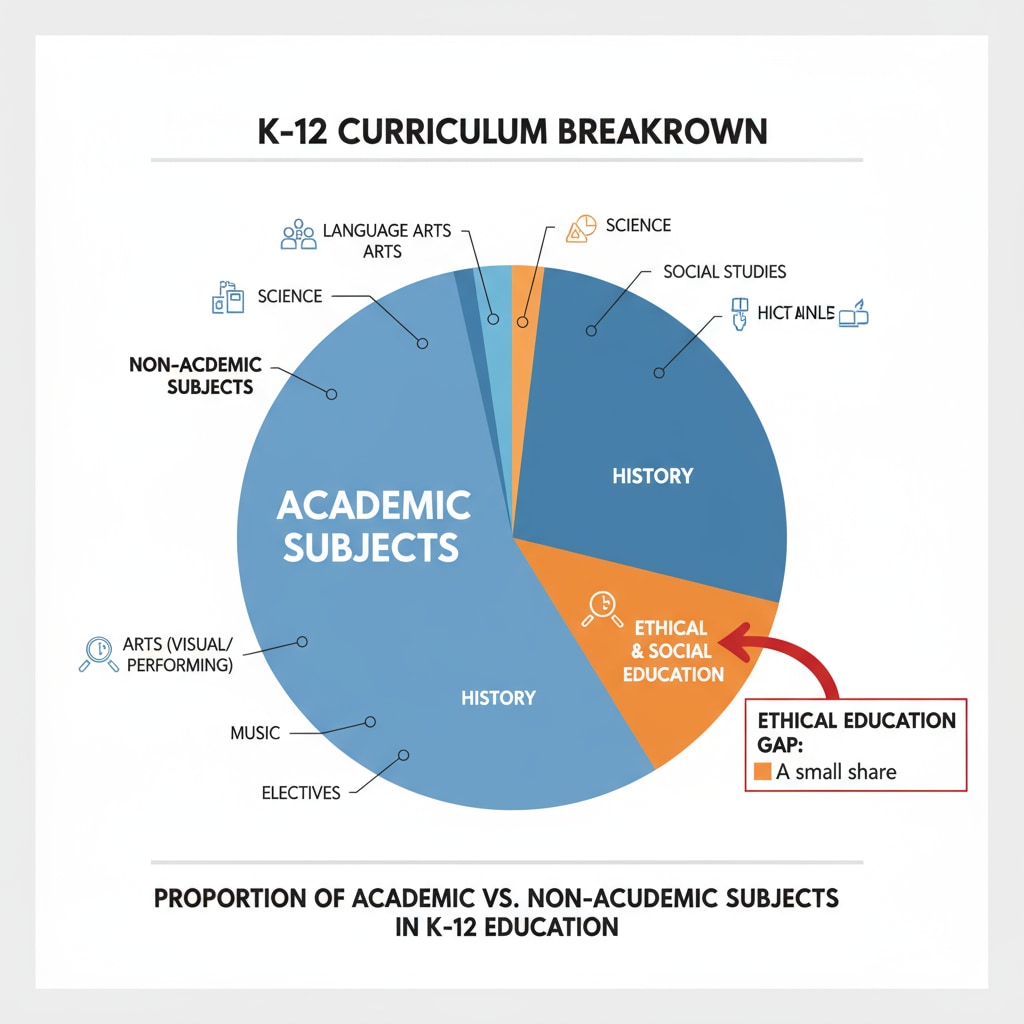In the realm of educational reform, the idea of incorporating ethical and moral courses as compulsory credits in the K12 system has sparked a lively debate. As society evolves, the need for students to develop strong moral compasses becomes increasingly evident.

This article aims to explore the necessity and feasibility of such an initiative, shedding light on how it can contribute to the holistic development of students.
The Current Ethical Education Gap in K12
Currently, the K12 educational system primarily focuses on academic subjects such as mathematics, science, and language arts. While these are undoubtedly crucial, there is a notable gap in ethical and moral education. For example, students may be proficient in solving complex equations but lack the skills to handle ethical dilemmas in real life. According to Education Week, many educators recognize the need to address this imbalance. Ethical awareness helps students make responsible decisions, yet it often takes a backseat in the current curriculum.

The Case for Compulsory Ethical and Moral Courses
Making ethical and moral courses compulsory can have far-reaching benefits. Firstly, it equips students with the tools to navigate the complex moral landscape of modern society. By studying topics like honesty, respect, and empathy, students learn to consider the impact of their actions on others. Secondly, it promotes social harmony. As students develop a shared understanding of moral principles, they are more likely to interact positively with their peers. Encyclopaedia Britannica emphasizes the role of moral education in building a just society. These courses can also enhance students’ critical thinking skills as they analyze ethical scenarios and develop their own perspectives.
Readability guidance: The above sections clearly present the problem of the current ethical education gap and the reasons for advocating compulsory ethical courses. Short paragraphs and the use of examples and external links help improve readability. Transition words like ‘firstly’ and’secondly’ are used to organize the arguments.


